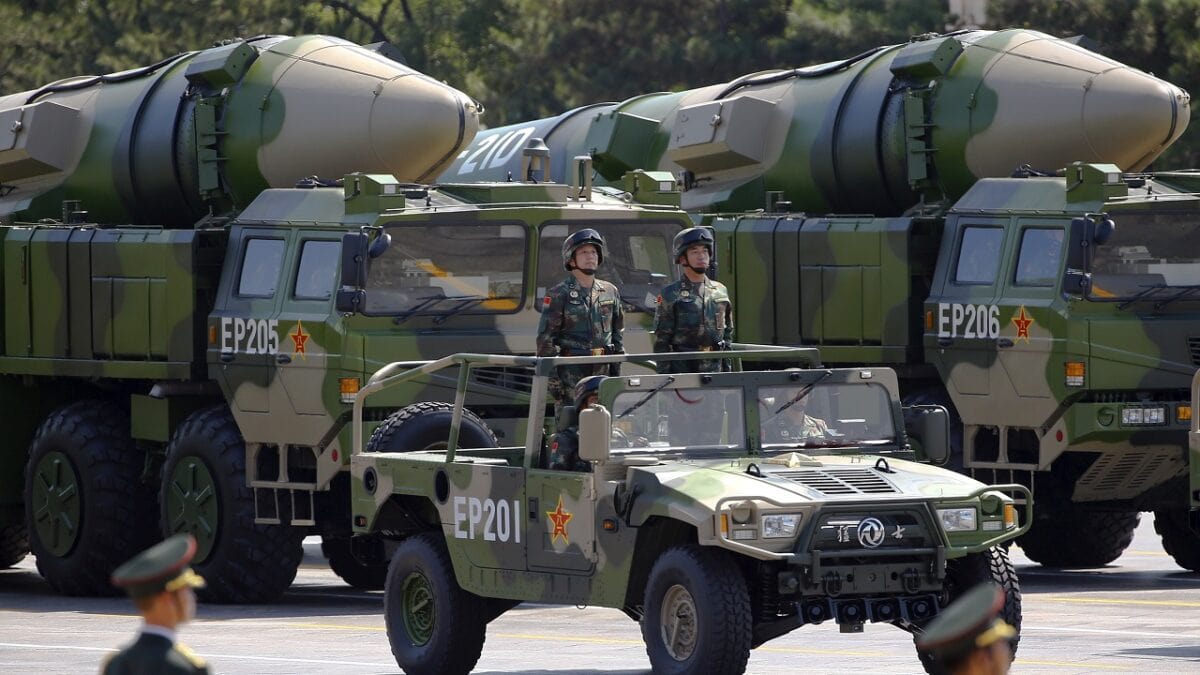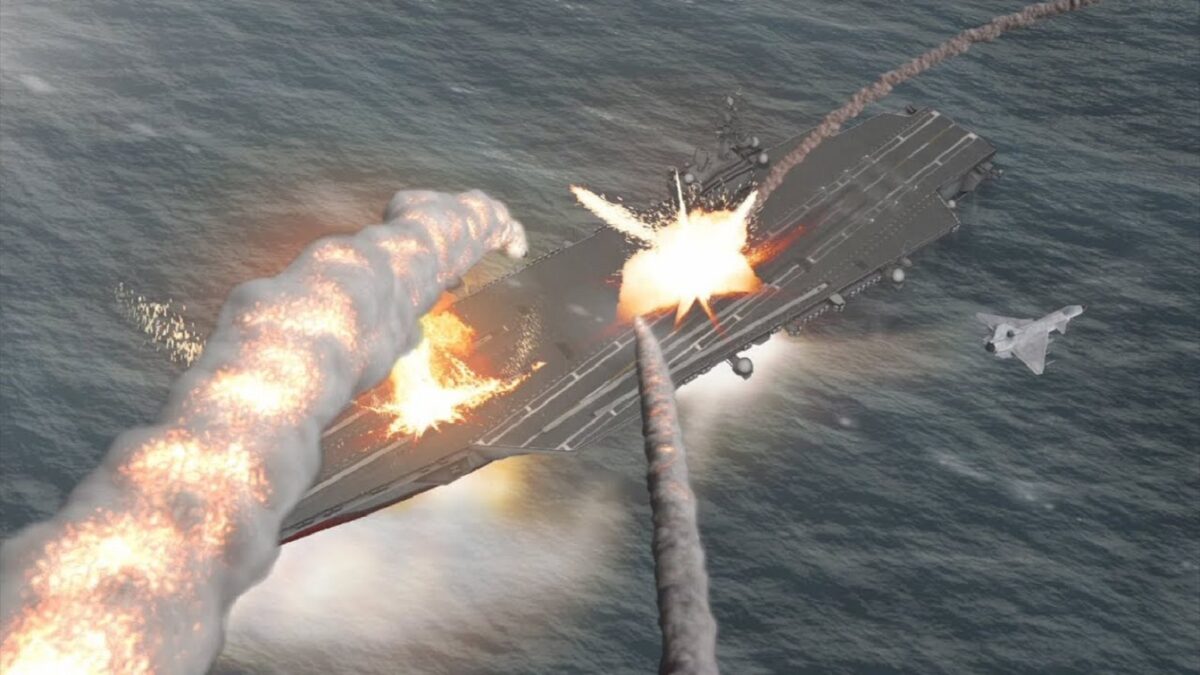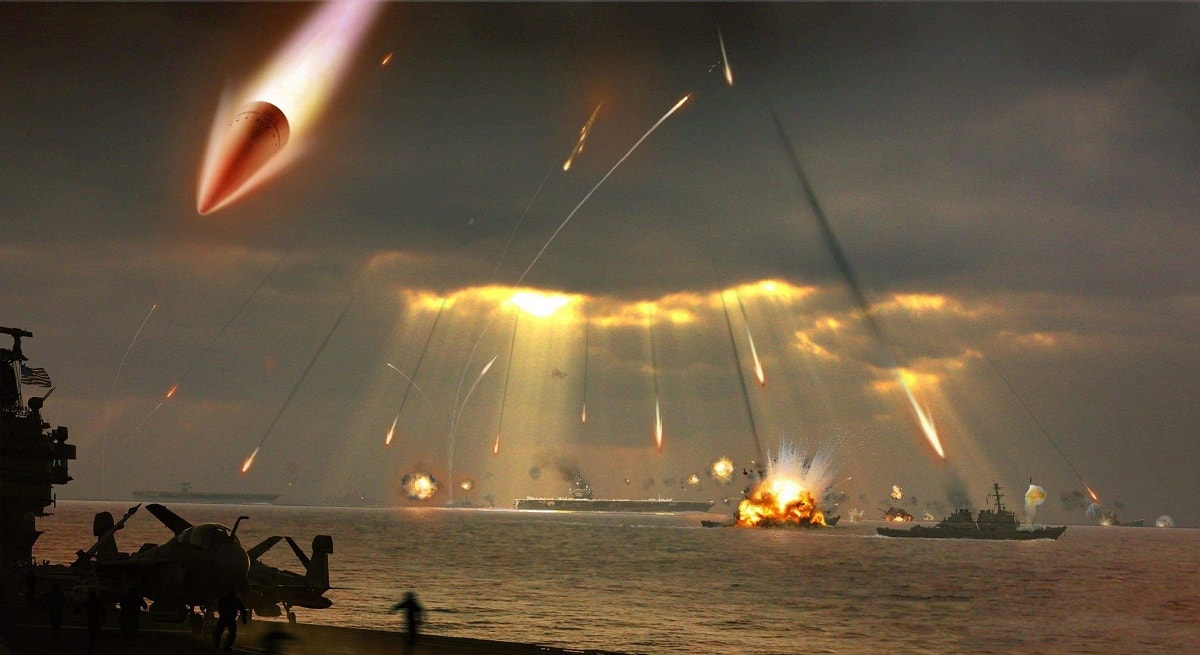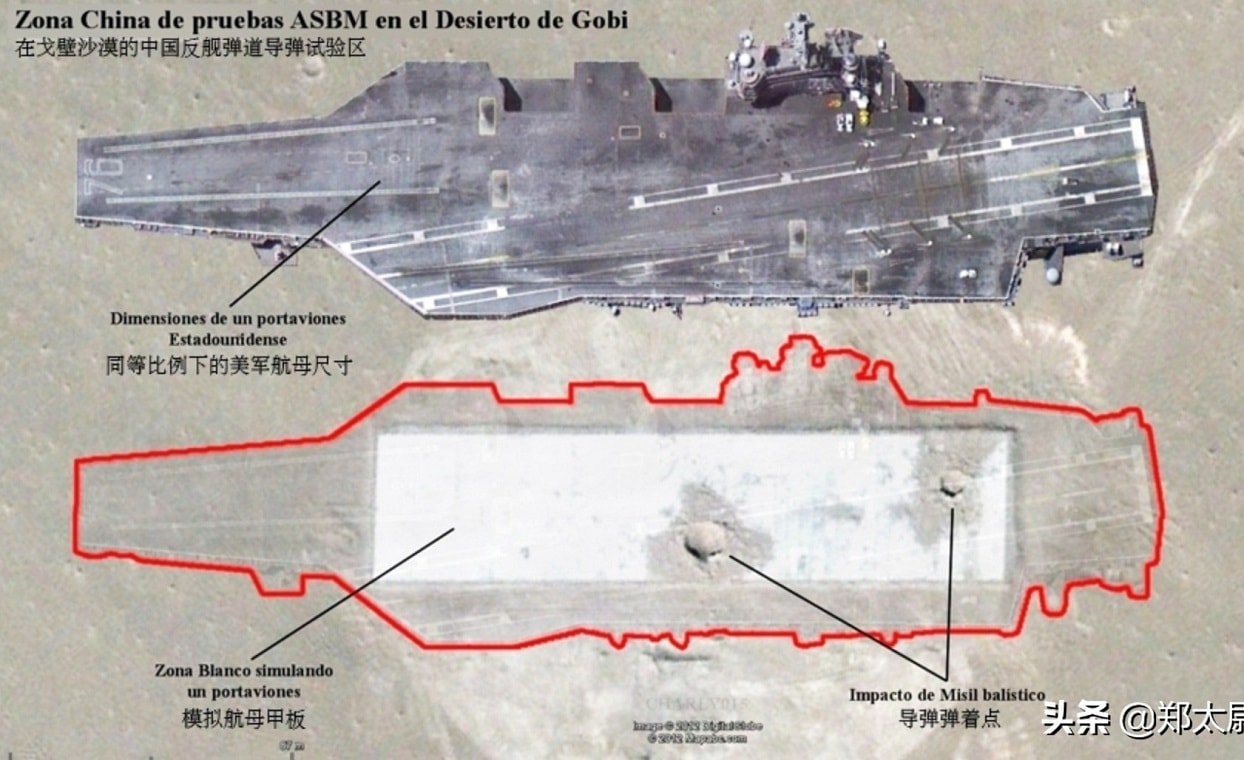In the last couple of years, there has been a lot of attention on the build-up of China’s People’s Liberation Army Navy (PLAN).
It has undergone a major modernization effort and is now the largest naval force in the world.
Just last summer, the PLAN launched its third aircraft carrier – the second to be entirely indigenously built. This will allow China to flex its muscles in the Indo-Pacific region and beyond.
Likewise, there has been great speculation regarding China’s efforts to develop a capable fifth-generation fighter aircraft and a medium- to long-range stealth bomber. In very short order, Beijing has finally made the great leap forward to become a major world power.
China’s Missiles Matter
Yet, largely overshadowed by the ships and aircraft are China’s efforts to increase its missile capabilities. These efforts haven’t been ignored, it is simply a matter of fact that Beijing appears to be focused on multiple projects in a way that would have seemed impossible just a decade ago.
As a RAND Corp. study noted, China’s People’s Liberation Army (PLA) has transformed itself from a larger but antiquated force into a capable, modern military. What should be worrisome for Washington is the rate at which China has closed the gap, and there is a very serious risk that Beijing could overtake the United States.
Rocketing Ahead
A 2020 report from the United States Department of Defense (DoD) warned that China’s land-based conventional missile capabilities have also developed significantly over the past two decades. In the early 2000s, China’s missile forces were generally short-range with modest accuracy.
However, in the years since, China has developed the world’s “largest and most diverse” arsenal of ground-launched ballistic and cruise missiles – fielding multiple new missile systems in recent years. Many of those missiles are also capable of carrying both conventional and nuclear payloads.
The Success of Red Capitalism
China has been able to fund these multiple projects thanks largely to its booming economy. That explosive growth has resulted in significantly larger defense budgets, which in turn have funded the development of many new military systems – including ballistic and cruise missiles.
Even with its rapid expansion, China’s missile forces are, for the most part, not near parity with the United States. Beijing has fewer nuclear-armed missiles than the United States, and it has fewer conventionally-armed missiles as well.
However, one area where Chinese missiles have been able to exceed those of the United States has been with land-based medium- and intermediate-range ballistic missiles. It is a type of weapon that was banned by the Intermediate-range Nuclear Forces Treaty signed by the United States and the Soviet Union near the end of the Cold War. In fact, the United States and Russia were strictly prohibited from actually developing missiles of the class due to the 1987 missile treaty.
Hypersonic Missiles
Another area where the United States has already fallen behind China – as well as Russia – is in the development of hypersonic missiles. Back in August of 2021, China reportedly tested a nuclear-capable hypersonic glide vehicle that could circle the globe in low-orbit space.
Though it missed its target by about two-dozen miles, experts still warned that China had made astounding progress on hypersonic weapons, and at this point, its efforts are far more advanced than the United States had realized.
New Missile Silos
What is especially worrisome is that satellite images have revealed that China is building a second nuclear missile silo field. This would be in addition to the 120 missile silos already under construction near Yumen in Gansu province. The second missile silo field is located 380 km (240 miles) northwest of the Yumen field, near the prefecture-level city of Hami in Eastern Xinjiang. The silos are reported to be for the DF-41 Intercontinental Ballistic Missile (ICBM), which is believed to be capable of carrying multiple nuclear warheads – perhaps up to 10 warheads. The missiles have an estimated range of 7,000 km (4,350 miles) – allowing them to reach targets in the United States. These are in addition to the force of approximately 100 road-mobile ICBM launchers that the People’s Liberation Army Rocket Force (PLARF) has in its arsenal.
U.S. researchers have warned that China is expanding its nuclear force in part to maintain a deterrent that would be able to survive a U.S. first strike and even be able to retaliate in sufficient numbers to defeat U.S. missile defenses.

Military vehicles carrying DF-21D ballistic missiles roll to Tiananmen Square during a military parade to mark the 70th anniversary of the end of World War Two, in Beijing, China, September 3, 2015. REUTERS/Damir Sagolj

YouTube Screenshot of a Simulation of China Firing a DF-21 ASBM.

Depiction of Chinese missiles attacking the U.S. Navy. Image: Chinese Internet.
China is truly rocketing its way towards being a missile superpower.
A Senior Editor for 19FortyFive, Peter Suciu is a Michigan-based writer who has contributed to more than four dozen magazines, newspapers and websites. He regularly writes about military hardware, firearms history, cybersecurity and international affairs. Peter is also a Contributing Writer for Forbes. You can follow him on Twitter: @PeterSuciu.

